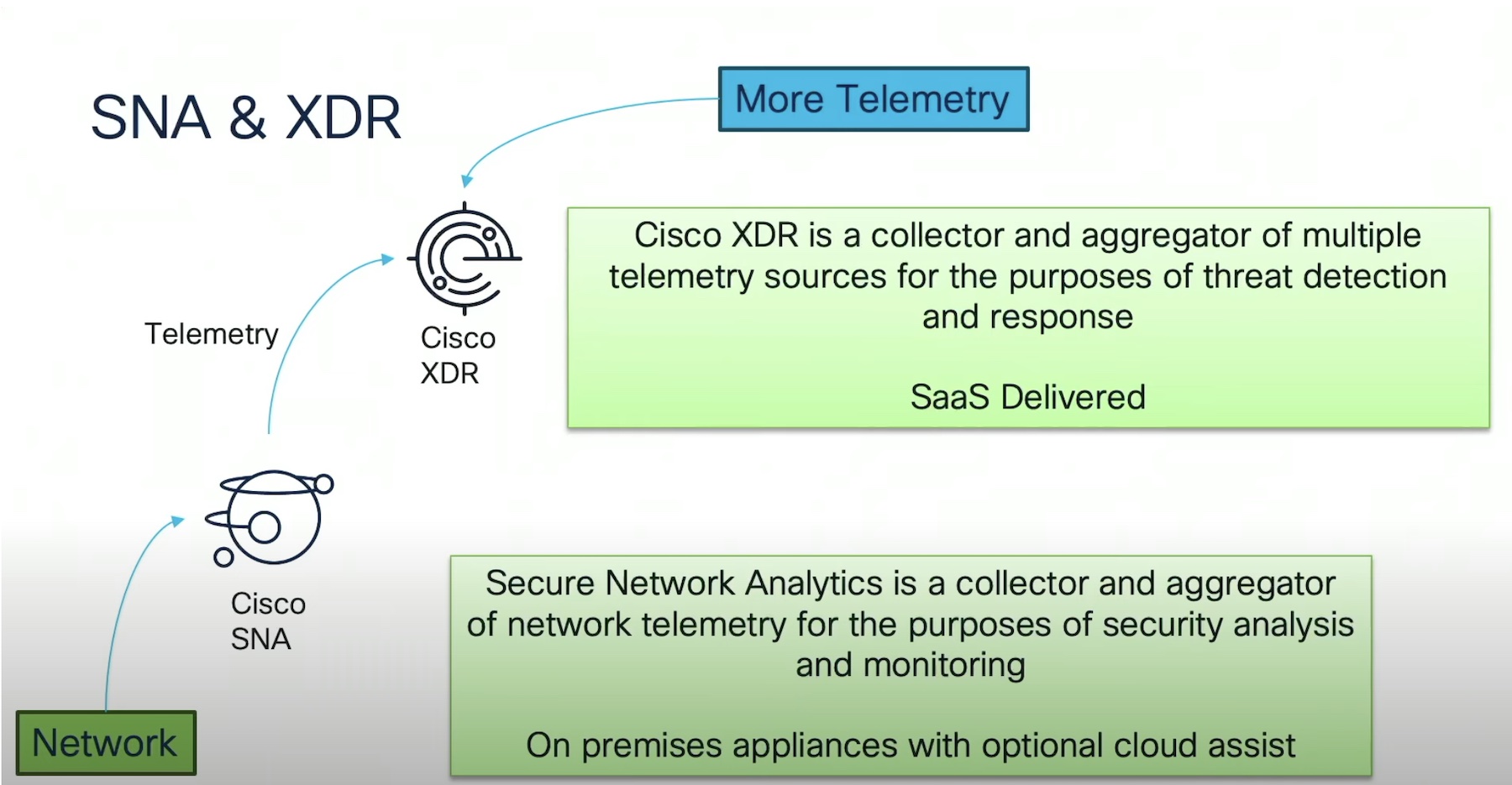Cisco has enabled its HyperFlex 4.5 to service user workloads, to leverage data-driven techniques so that users can give guidance to customers about their environments before problems arise.
Cisco presented the updated HyperFlex at Storage Field Day 20. The new HyperFlex comes with new capabilities including iSCSI, N:1 replication for HX Edge, Boost Mode, ESXi and vCenter 7.0, secure boot with built-in hardware root of trust, new 2U and short-depth HX Edge server options, ML-driven cluster health checks, and storage utilization forecasts in Intersight, as well as new validated workloads on HyperFlex, including Cisco ISE, Cisco SDWAN, and Epic Systems electronic health records (EHR) on HX All NVMe.
HyperFlex 4.5 focuses on delivering a modernized private cloud with enterprise-class simplicity and performance, enabling cloud-native applications on-premises and multi-cloud workflows, and simplifying edge workloads with a cloud-operated HCI model through Cisco Intersight.
HyperFlex Boost Mode
Cisco’s new HyperFlex release gives customers different ‘knobs’ they can turn. One of the knobs is HyperFlex Boost Mode. This is a virtual CPU configuration change in the HyperFlex controller virtual machine (VM). The HyperFlex controller VM leverages a soft CPU reservation, which means that if a workload doesn’t demand high CPU usage by the controller VM, the hypervisor will schedule a guest VM to use those CPUs.
Boost Mode gives the customer an additional option to increase CPU reservation from 8-12 or 12-16 depending on what configuration users are in. During Cisco’s testing, Boost Mode provided up to 30% improvement in storage performance from an IOPS perspective. The controller VM’s net increase in CPU usage is around 10% after Boost Mode is activated. Customers that have the CPU cores available in their cluster already can turn Boost Mode on, and it comes at no additional license cost.
It is not short term. Once users do this configuration change, the boost is persistent, the increase in performance is persistent. Boost Mode is both a scale-up knob and a scale-out knob. However, as workloads increase, customers do need to scale-out their cluster for capacity and performance.
Does Boost Mode turn on for all NVME Cluster Nodes?
To turn on Boost Mode, users need to implement it in a rolling fashion manually, although Cisco does have a script to enable it. This means taking control of the VM in vCenter, altering the CPU configuration, and then starting it back up. This needs to be done one node at a time. However, because Cisco’s controller VM runs in user space, there is no impact on moving any guest VMs from that host. Because of the way Cisco has distributed its system, as long as users have accounted for extra headroom when they need to do maintenance events, then there shouldn’t be any meaningful impact to the workload running on the system.
Developments
Cisco will soon introduce support for ESX and vCenter 7, vSphere 7.0 has many features, and Cisco will be evaluating and coming out with further innovations based on those features. With vSphere 7.0, the center plugin is now only HTML 5 supported. Cisco does have a HyperFlex made for HTML 5 vCenter plugin. For many of Cisco’s customers, the tool they use to manage a cluster is vCenter, and they don’t have to leave that UI to be able to do basic cluster management and VM management; schedules, snapshots, do a snapshot, restore, etc.
Cloud Adoption Acceleration
Businesses and IT operators alike are being pushed to accelerate and adopt cloud-native technologies on-premises. The barriers to speedy adoption are both from an infrastructure perspective and a gap between infrastructure operations and management.
Users need a level of agility to service different workloads, cloud-native workloads, traditional VMs, maybe even block storage workloads, and service those workloads both from the core and the edge.
Second, businesses need to bridge the gap between infrastructure development and implementation and management of those applications and operations.
HyperFlex is here to help.




